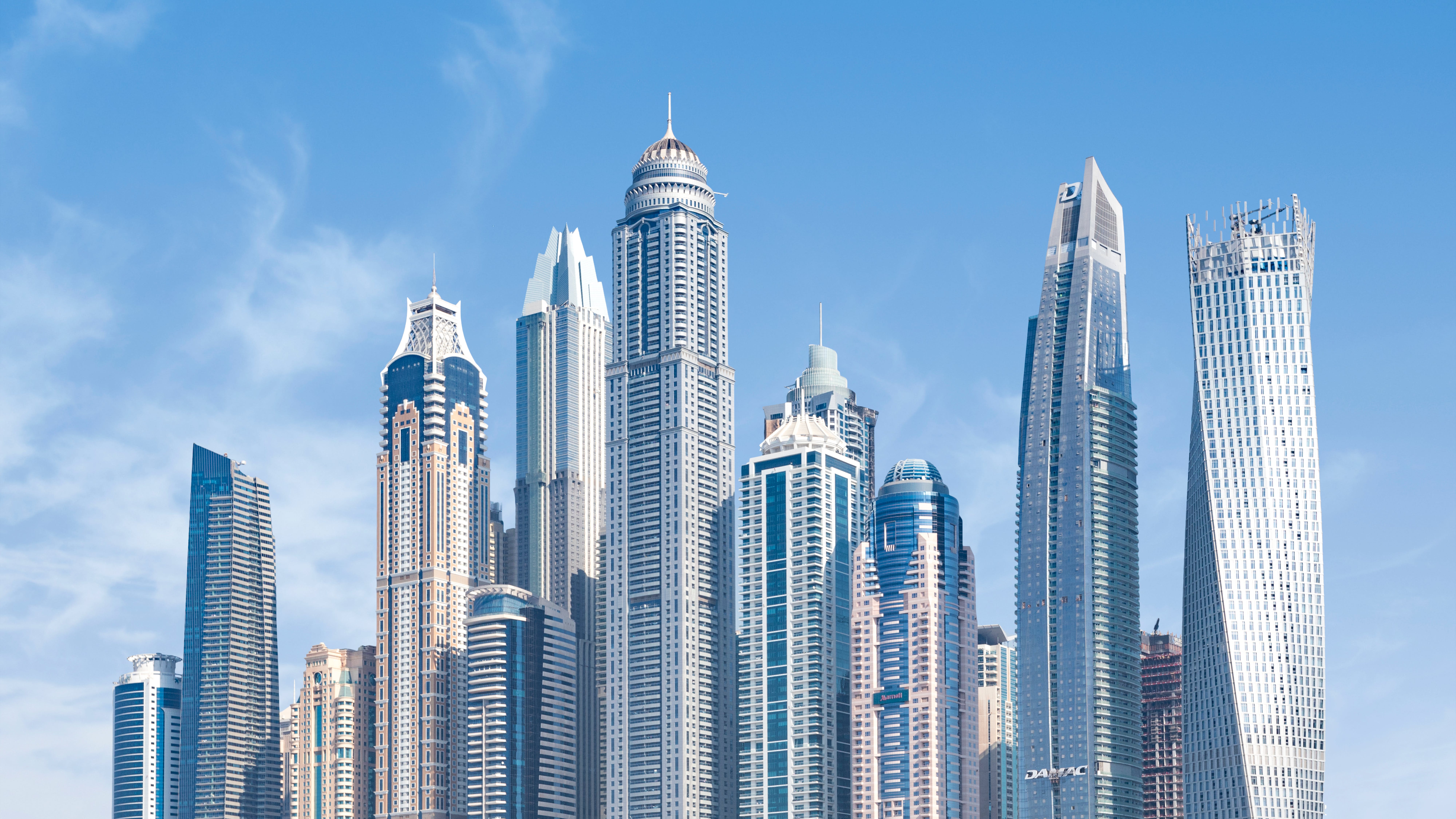
In this thought-provoking article, Benjamin Western, Head of Sustainability at certification, assurance, and expert trainer LRQA, explores the surprising synergy between non-profits and large-scale enterprises in the pursuit of sustainability.
In the Greek island of Lesvos during the refugee crisis, thousands of people forced into the life of being a refugee, found temporary shelter before moving on to somewhere more permanent. Many were provided with blankets provided by large global non-governmental organisations (NGOs). It was here, while working with a charity I was part of founding called Indigo Volunteers, that I saw a grassroots idea that has impacted how I see the world.
As people moved to other locations, most were unable to take their donated blankets with them due to having such limited space to carry belongings. Add to that the fact the blankets were not designed for reuse, and the vast majority ended up going to landfill, despite only being used a handful of times. Thankfully, we came across a remarkable grassroots charity that tackled this challenge head on.
The group called themselves “The Dirty Girls” and had a mission to help those in need while reducing the amount of waste that went to landfill. They did this by collecting abandoned blankets and cleaning them for redistribution. It’s a story of how a group of independent volunteers, without the funds or infrastructure of large NGOs, built something from the ground-up that saved significant money, and prevented further waste going to landfill. The lesson here is about collaboration, innovation, and integrity.
Integrity is doing the right thing, not finding the easiest solution. In this situation it is far easier to distribute single use blankets. This is what the large NGOs did. This is what almost all corporations would do. But the team knew it needed to address the infrastructure to find a solution that was cheaper and had a lower environmental impact.
The Dirty Girls did this through collaboration with the dozens of other grassroot organisations on the Island, as well as large NGOs. They built a network with small businesses who were willing to help at a reduced price, and of course, in understanding the reality and context of people forced into the life of a refugee.
Honesty and transparency: key to progress
In the corporate world, the work I am part of drives meaningful action on sustainability, in large part by finding those overlapping areas between environmental and business goals. I’ve seen how internal transparency can help avoid accusations of wrongdoing and accelerate corporate progress on environmental issues.
Honesty within business is required to better understand what’s working well, what’s not, and why that might be. Proactively sharing knowledge and experiences in an interdepartmental setting are fundamental for working towards a collective goal, and transparency, even in cases of failure, must become standard practice. In these cases, transparency about why shortcomings have happened – and the thought processes and decisions that led to that outcome – is key to progress.
Best practices
It’s impossible to properly consider a company’s ESG progress as if it exists in a vacuum. Every company has suppliers, and there’s a level of interdependency when it comes to sustainability. If one company can reduce its own emissions to zero, the reality is that, without helping the supply chain make progress, we’ll barely scratch the surface.
We can lead the way, though. Establishing best practices internally can set a company up for environmental success. These best practices include establishing a means of sharing successes and failures – and the thinking that lead to them – so good ideas can spread and less helpful ones can be avoided.
My hope is that departments and leaders can learn from one-another when it comes to reducing their impact on the environment. As one sub-team figures out what works, they can share that knowledge, and others within the business can follow suit. Similarly, if a particular practice is found to be ineffective, others can learn from them and work towards finding methods that advance their environmental goals.
Collaboration is the cornerstone of the approach that we take at LRQA. Our stance is clear: in a connected world, integrity, innovation and collaboration are vital. Companies must pool their insights to navigate global challenges. To do that, there needs to be a shift in corporate mindsets – one that recognizes transparency as a step toward stronger businesses rather than a reveal of vulnerabilities.
Long term thinking
Another practice that helps is taking a long-term view. Many of us think in three-month cycles, as that’s when quarterly reports are due to shareholders. If we have a bad quarter, it can be easy to move sustainability down the list of priorities as we extend all efforts to make sure the next quarter is better.
Playing the long game can mean persuading shareholders that changing from quarterly to annual reporting is better as it allows staff to focus on long-term progress in business and sustainability, and not get distracted by one underperforming period.
This long-term view is one way that I’ve seen the benefits of from a business perspective. It’s the same principle I learned from the Dirty Girls on Lesvos, and I try to apply it in all discussions about business practices.
With increased internal transparency and the proactive sharing of what works and what doesn’t, businesses can make better progress on emissions and energy reduction than they can by keeping their ideas siloed. Thinking longer term helps us stay focused on environmental and business goals, rather than periodic reports which can ultimately be a barrier to success rather than a tool.
Ultimately, the way we do business needs to change. The health of the planet is not something that we can take for granted and if we allow ecosystems to be damaged, it won’t be long until it impacts our supply chains and makes it impossible for many companies to stay afloat. Good environmental practice is good business practice, and we must make that part of our common thinking at every level of business.
Source Sustainable Future News








